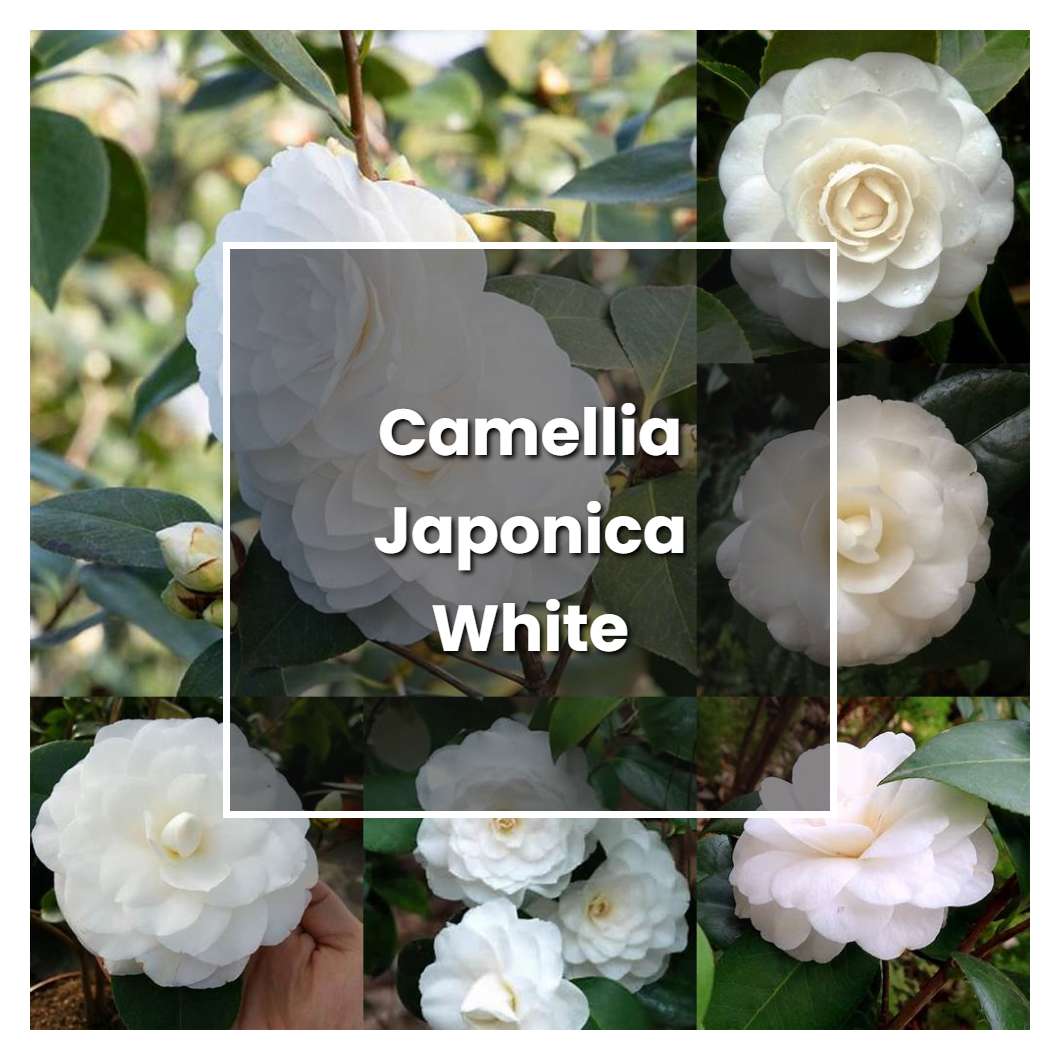Camellia japonica white is a plant that is native to East Asia and is a member of the tea family. The plant has large, glossy leaves and white flowers that bloom in the spring. The camellia japonica white plant is often used as an ornamental plant in gardens.

Related plant:
Camellia Black Lace
Related plant:
Pink Camellia Flower
About soil condition, camellia japonica white needs moist, well-drained, acidic soils with a pH of 5.0 to 6.5, and they prefer soils rich in organic matter. They will not tolerate wet or poorly drained soils. An application of a 2- to 4-inch layer of mulch will help to maintain soil moisture and keep the roots cool.
Just like other camellia plants, the camellia japonica white thrives in full sun to partial sun. It prefers four to six hours of sun per day, but it can tolerate more sun if it is in a cool climate. In hot climates, the camellia japonica white needs some afternoon shade to protect it from the harsh sun.
The temperature condition that is best for Camellia japonica white is cool to cold weather. This plant does not tolerate high temperatures well and may drop its leaves if the temperature gets too hot. The ideal temperature range for this plant is between 55 and 65 degrees Fahrenheit.
Ideal humidity condition for this plant are morning dews and light mist. The plant will do well in partial sun to shade. The leaves of the plant are what is used to create camellia oil, which is used for many things such as moisturizing the skin, hair care, and even cooking.
Regarding fertilizer, usually the plant does not require too much. An appropriate amount of general-purpose fertilizer applied in early spring is sufficient. Top-dressing with organic matter such as compost or manure is also beneficial. For camellia japonica white, it's best to use a low-nitrogen fertilizer to prevent the leaves from yellowing. As for the roots, they are relatively shallow and dense, so it's important to loosen the soil around the plant to allow the roots to spread and breathe. Be careful not to damage the roots when working around the plant.
Pruning is an important process for keeping your camellia japonica white healthy and vibrant. By selectively removing damaged or diseased branches, you can encourage new growth and promote a fuller, more balanced plant. When pruning, be sure to use clean, sharp tools to avoid damaging the plant. To avoid stimulating too much new growth, prune in the late winter or early spring.
Propagation : Camellia japonica can be propagated easily from seed or cuttings. To propagate from seed, sow the seeds in spring in a cold frame. To propagate from cuttings, take 6-8 inch semi-ripe cuttings from the tips of shoots in late summer or early fall. Root the cuttings in a moist media such as peat moss or vermiculite.
Usually, the plant growth rate is about 1 foot per year. However, it has been known to grow 3 feet in a year under the right conditions. The plant prefers shady, humid areas with well-drained soil. It is drought tolerant once established.
Common problems for this kind of plant are black root rot, dieback, root-knot nematodes, and whiteflies. Black root rot is caused by the fungus, Phytophthora cinnamomi, and is the most common problem for this plant. Dieback is caused by the fungus, Botryosphaeria dothidea, and is also a common problem. Root-knot nematodes are tiny parasitic worms that feed on the plant's roots, causing them to become galled and enlarged. Whiteflies are small, white insects that suck the sap from the plant, causing leaf yellowing and stunted growth.
Source:
Camellia japonica - UDBG
UNF - UNF Landscape - Camellia japonica - Japanese camellia
Camellia japonica Magnoliaeflora- A Worthwhile Choice
